
Alley Cropping
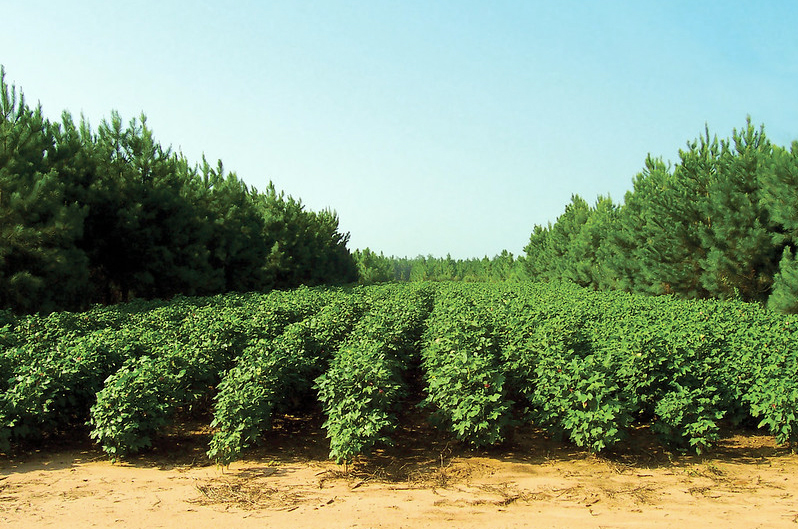
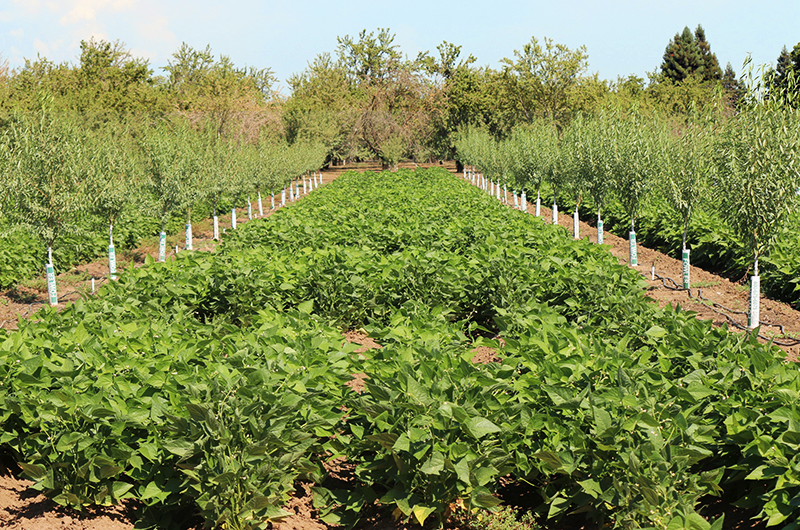
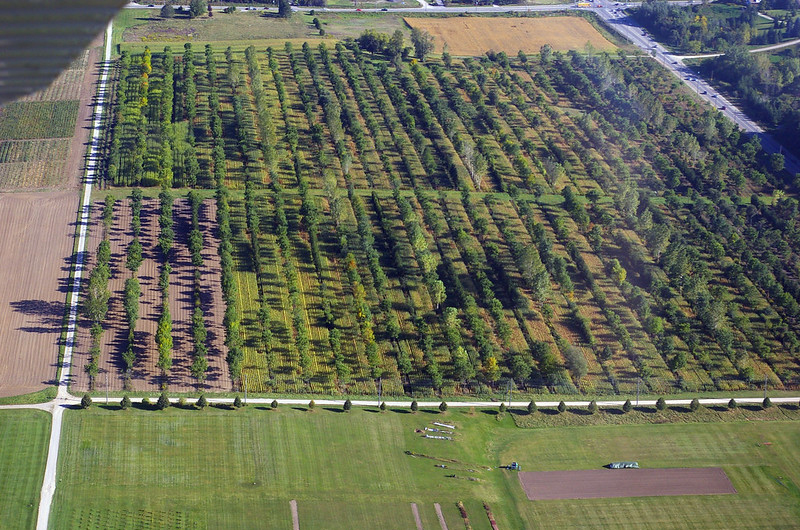
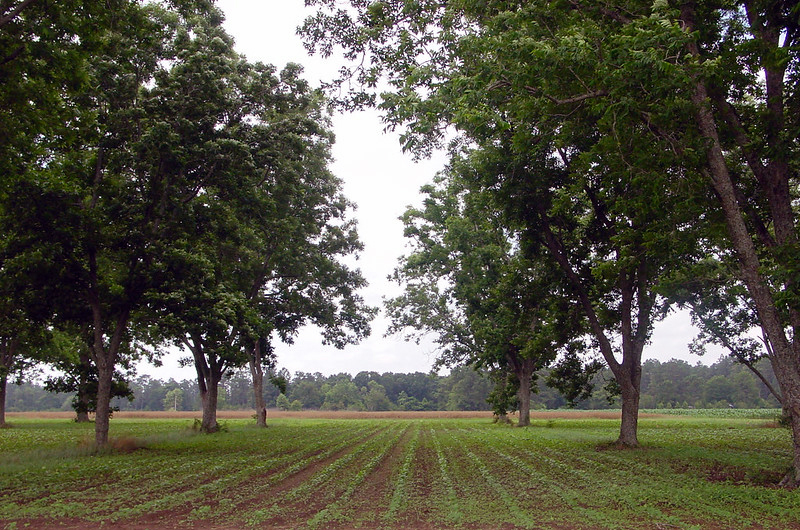
Alley cropping, also sometimes referred to as "intercropping", is the practice of planting rows of trees, maize or other plants with a companion crop in between. Frequently this can be used to add another cash crop but it also reduces surface water runoff and erosion, improves soil health and fertility, and reduces wind erosion. Depending on the crops chosen, it can also modify the microclimate for improved crop production or improve wildlife habitat. Multiple crops, when managed appropriately, can keep a farm more productive throughout the year, increasing income and reducing risks associated with monocropping. It can also be used to transition from one farming system to another (PDF).
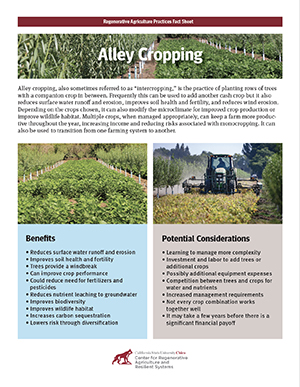
Download a printable fact sheet based on this page. (PDF)
Go to:
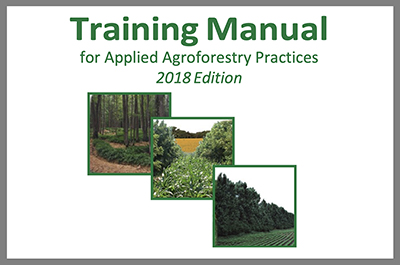 Updated in February 2019, this updated version of the Agroforestry Training Manual by The Center for Agroforestry at the University of Missouri is designed for natural resources professionals and landowners and includes worksheets and exercises for use as an educational tool. Chapter 3 is an in-depth guide to alley cropping.
Updated in February 2019, this updated version of the Agroforestry Training Manual by The Center for Agroforestry at the University of Missouri is designed for natural resources professionals and landowners and includes worksheets and exercises for use as an educational tool. Chapter 3 is an in-depth guide to alley cropping.
Alley Cropping Webinar
Richard Straight of the USDA National Agroforestry Center covers the basics of alley cropping for agricultural purposes.
Local Research
Postdoctoral researcher Kyle Brasier works with Chico State Professor Hossein Zakeri documenting a grower's work using beans between nut trees at Kimmelshue Orchards in Durham, CA. They are exploring the economic benefits of using legumes as an alley crop in orchards but the benefits go far beyond that. Currently the same irrigation system used for the trees appears to be sufficient for the beans. Kyle measures the growth of the beans regularly and they look healthy!
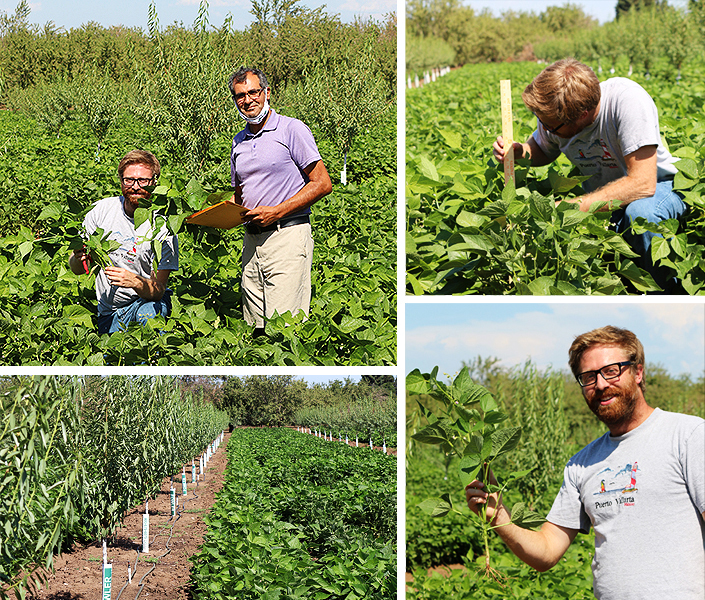
At harvest time more measurements and assessments occur. These are cranberry and white beans now ready to be sold as an additional cash crop.
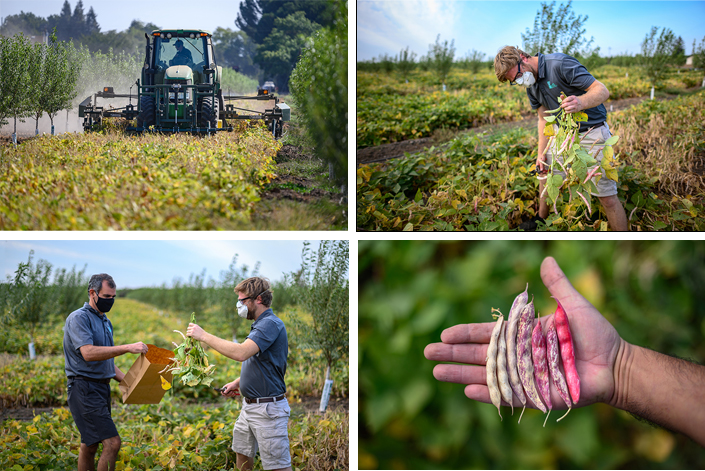
Introduction to Alley Cropping and the Latest Research
Chico State Professor Hossein Zakeri talks about alley cropping, how his research is addressing concerns farmers have, and how the practice helps soil health and quality. Sept. 2020.
Alley Cropping Research, September 2020
Postdoctoral Researcher Kyle Brasier talks about the alley cropping research project he is working on with Hossein Zakeri in Durham, CA and the expected benefits of alley cropping in general.
Scientific Literature
Chunjie, Li et al., The productive performance of intercropping(opens in new window), PNAS, Vol. 120, No.2. Jan. 3, 2023.
Medinski, T.; Freese, D., Soil carbon stabilization and turnover at alley-cropping systems, Eastern Germany,(opens in new window) NASA Astrophysics Data System (ADS), 2012-04-01
Kranz AJ, Wolz KJ & Miller JR. 2018. Effects of shrub crop interplanting on apple pest ecology in a temperate agroforestry system(opens in new window). Agroforestry Systems: 1-11.
Wolz KJ and DeLucia EH. 2018. Black walnut alley cropping is economically competitive with row crops in the Midwest USA. Ecological Applications 1-12.
Wolz KJ, Branham BE & DeLucia EH. 2018. Reduced nitrogen losses after conversion of row crop agriculture to alley cropping with mixed fruit and nut trees(opens in new window). Agriculture, Ecosystems & Environment 258: 172–181.
Wolz KJ, Lovell ST, Branham BE, et al. 2018. Frontiers in alley cropping: transformative solutions for temperate agriculture(opens in new window). Global Change Biology 24: 883–894.
Wolz KJ and DeLucia EH. 2018. Alley cropping: Global patterns of species composition and function(opens in new window). Agriculture, Ecosystems & Environment 252: 61–68.
